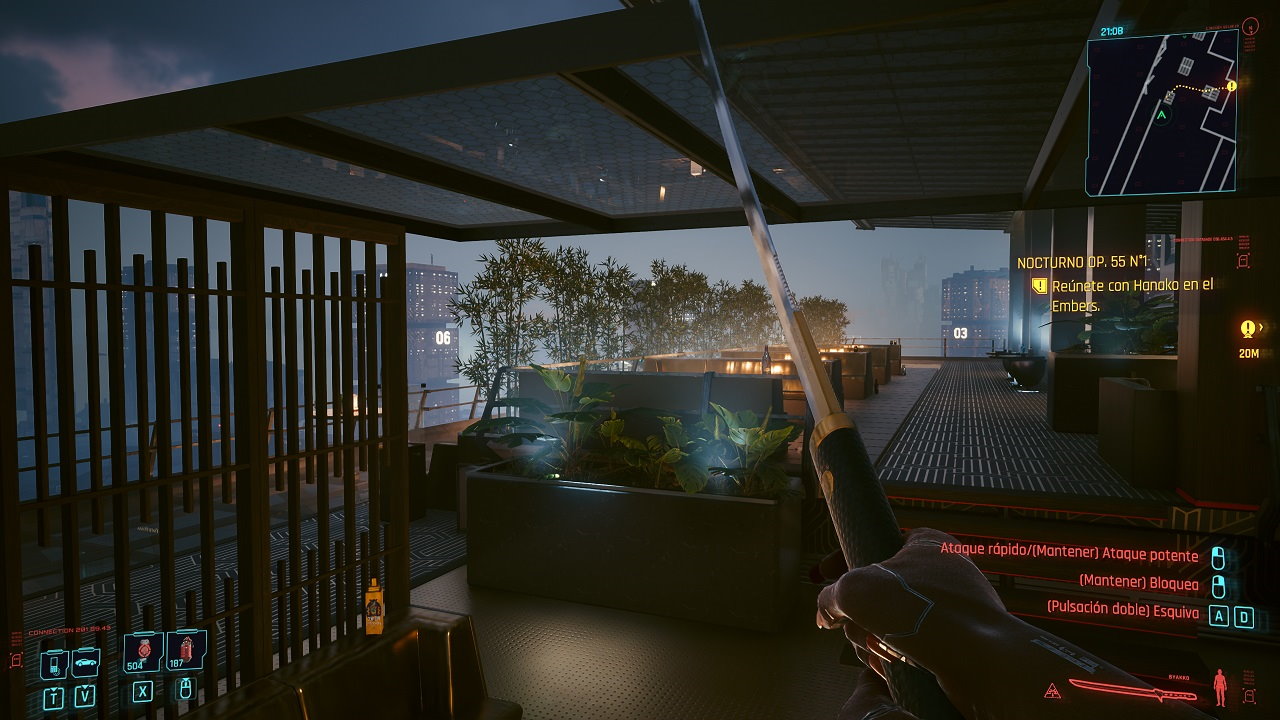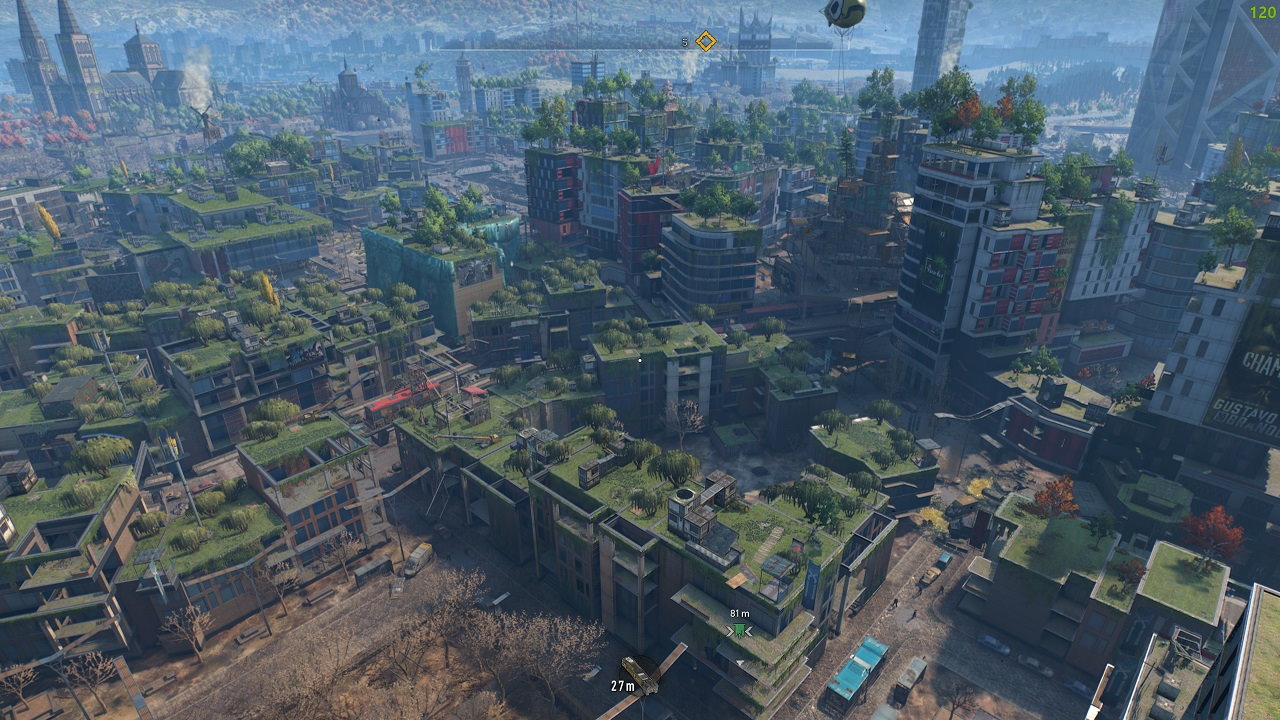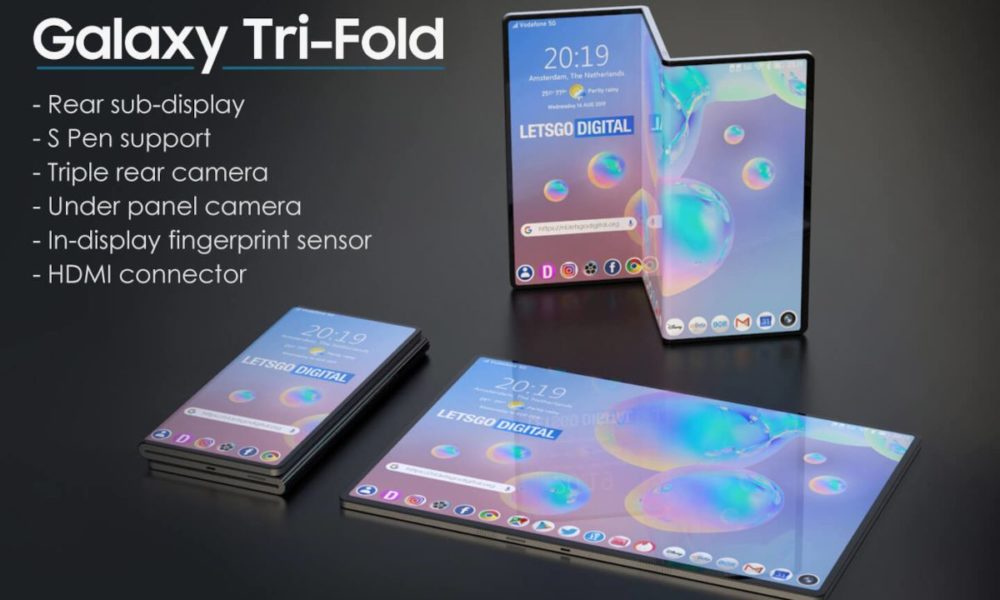
Ray tracing is not something new, but its implementation in the world of video games is. NVIDIA was the first to move in this direction, and it did so with a very ambitious project that cost it a lot of criticism, the GeForce RTX 20 series. This new generation of graphics cards introduced specialized cores, and showed that that kind of «Holy Grail» of the rendering world it could actually work in PC games, albeit with certain limitations.
I have already explained to you at the time all the keys of ray tracing, also popularly known as «ray tracing«, which is its name in English, so I am not going to extend much, since you can enter the previous link to delve into this technology if you have doubts. Basically what ray tracing allows is to generate lighting effects, both direct and indirect, reflections, refractions, caustics, shadows and contact shadows. highly realistic.
To do this, lightning and a complex collision system based on the classic hit-or-miss model are used, which generates a huge workload that a traditional GPU alone is not capable of dealing with. The specialized hardware introduced by NVIDIA, the RT cores take care of freeing the GPU from that workloadbut this does not mean that it is “free”, it also consumes rendering time, and this means that in the end it ends up having an impact on performance, although much less compared to what would occur without said hardware.
Ray tracing is no longer an oddity, it has been embraced even by next-gen consoles
And today there is no doubt that its adoption and popularity are increasing. However, can we say that this is enough to consider that the arrival of ray tracing in the world of video games has been a success? I think so, but halfway, and I’m going to tell you why. I find it successful because, when used correctly, makes a huge difference and it really gives the game a totally unique next-gen look.
However, I think it is a partial success because its implementation is not being as good as it should be in some cases, and because we are seeing very poor adaptations that really do not add any value, and that directly could have been lost in limbo. The inclusion of ray tracing in the “next gen” patches for Resident Evil 7, Resident Evil 2 Remake, and Resident Evil 3 Remake are prime examples, as ray tracing doesn’t look good, is quite poor quality, and even produces graphic errors.
Those executions so poor they are a consequence of developments that are based entirely on the basis of current consoles, whose ability to work with ray tracing is totally real, since they have hardware dedicated to its acceleration, but they do not have enough power to move said technology optimally if Certain limitations do not apply, such as reflections at low resolution with interpolation or a low ray counttricks that in the end can give rise to graphical errors and that make the result quite dim.
Seeing the number of games that support ray tracing today, it is impossible to consider it a failure. Cyberpunk 2077, Dying Light 2 and Control are some of the clearest examples of how good such technology can make a game look, but it is true that there is still a long way to go, many improvements to achieve and many poor adaptations to digest. Now it’s your turn, we read.





